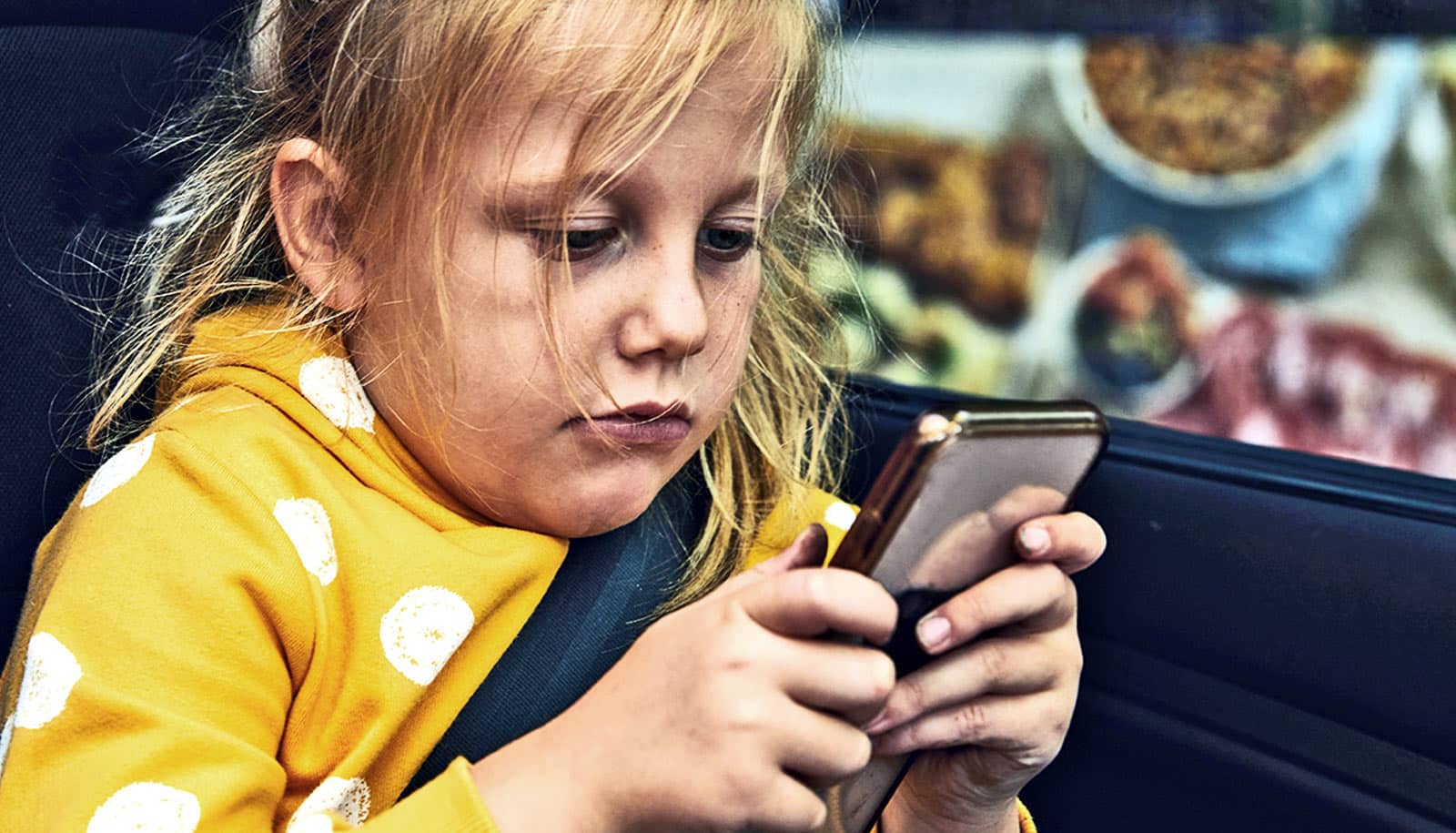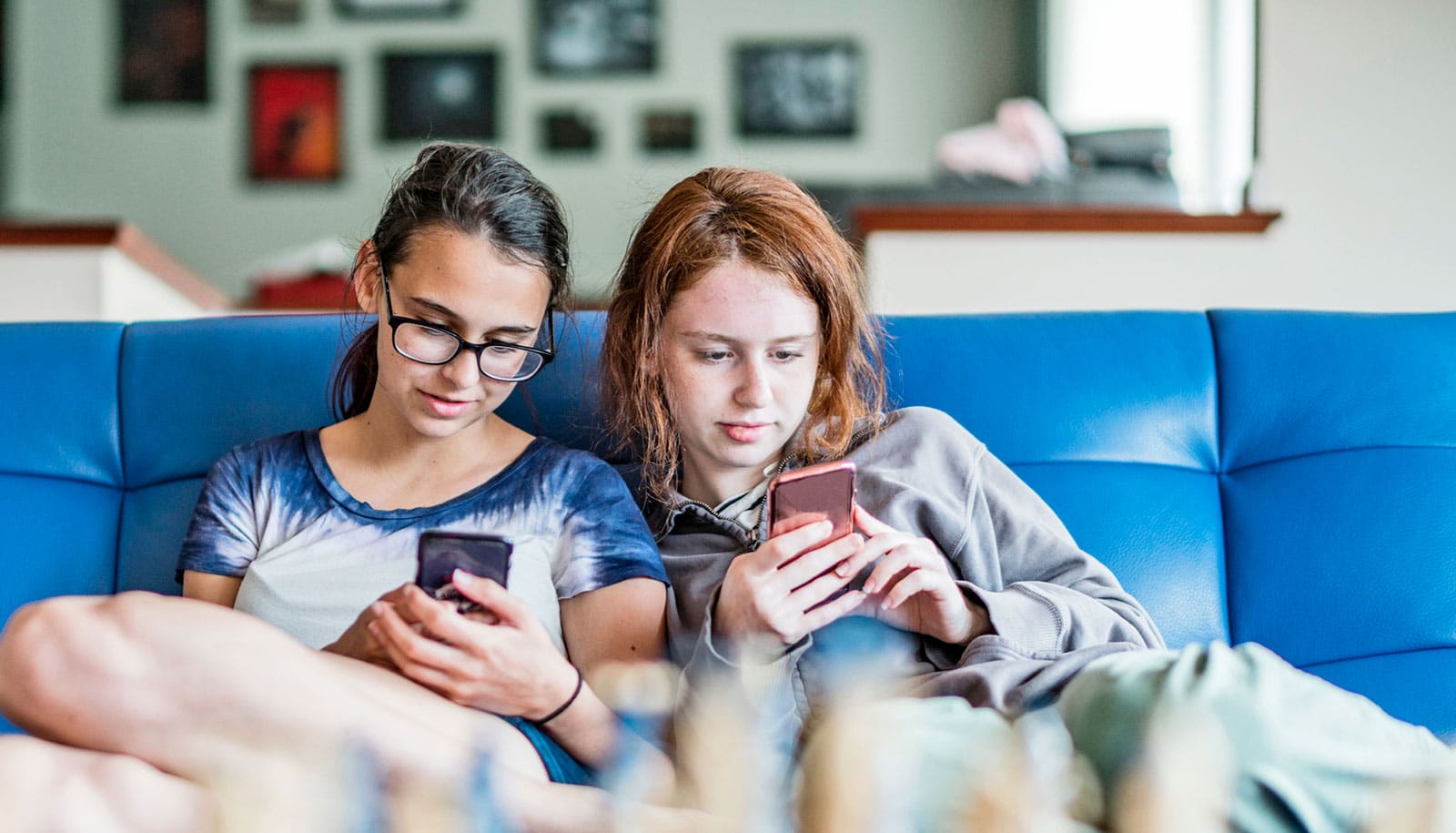New research reveals a need for consistent education about digital safety for elementary school students, school staff, and parents.
The work addresses concerns raised by teachers about cyberbullying, students accessing inappropriate content online, and other issues.
Researchers based their findings on interviews with 10 elementary school teachers. Drawing from concerns raised in the study, the researchers developed a digital safety summer camp for students and lesson plan on the topic.
“All the kids have gadgets these days—from phones to laptops to desktop computers, and there are many ways to get online,” says Florence Martin, professor of learning, design, and technology at North Carolina State University and lead author of the paper in the journal TechTrends.
“Education on digital safety really makes a difference, but it has to be ongoing and it has to be reinforced, not only for the kids, but also for teachers and parents.”
5 areas of concern
The researchers identified five general areas of concern for digital safety from the teacher interviews—concerns based on teachers’ observations in classrooms, as well as virtually when coursework was shifted online during the COVID-19 pandemic. The concerns were related to content students accessed online; their online conduct; contact with others online; “contract”-related issues with privacy; and issues with home use.
In terms of concerns about the type of content students were accessing online, teachers reported elementary students attempting to access or searching for inappropriate content such as pornographic material or gambling websites.
“I was very surprised—you might think this problem would come up later since these are teachers of elementary school kids,” Martin says.
In terms of contact, teachers had concerns about students contacting strangers and giving away personal information without understanding the risks.
Concerns about students’ online conduct, or behavior, included cyberbullying and sharing inappropriate information. Examples included students using private message functions or social media to pick on each other, or finding ways to send cuss words to other students without the teacher seeing. They also saw that students did not understand their online behavior was trackable.
“They think they can say or do whatever online, and it will be forgotten,” Martin says. “Online, you leave a footprint. They don’t understand that.”
They also found what they called “contract-related” concerns, with students not understanding basic security online, such as the importance of not sharing passwords.
Lastly, teachers had home-related concerns for students’ online activity, including concerns about a lack of routine or monitoring of online activity at home, and behavior from home bleeding into the school day.
Monitoring isn’t always a good thing
The researchers also mapped digital safety practices from schools and districts. Examples of response strategies included using firewalls and filters to block certain websites and social media sites, and in some cases, requiring teachers to get permission to use those sites in lessons.
“Even though there are filters and firewalls in place, there are so many new resources popping up every day,” Martin says. “That’s where kids are trying to access inappropriate content from. The firewalls and filters are helpful, but it’s hard to block every website that’s out there.”
They also found some teachers are monitoring chats on networking platforms during their classes, and using tracking programs to see how kids are interacting or if they’re distracted. Researchers are planning a follow-up study of issues related to monitoring.
“Some level of monitoring is helpful—in the case of cyberbullying, you want to try to get to it early,” Martin says. “But nonstop surveillance can be a challenge. If everything a kid is doing is tracked, it means there is no privacy. Is there a balance there? That is what we need to research so we can support schools in keeping children safe, but not to the extent that we’re taking away their privacy.”
And while teachers say schools are providing education about digital safety, there is a need for deliberate and routine digital safety education for teachers, students, and parents, Martin says.
“Although teachers are responsible for kids when they are in school, we are seeing behaviors from home coming into the schools,” Martin says. “Education on digital safety is not a one-time thing; it has to be continuous. We need more work on digital safety education for parents.”
Guidance counselors play a role
The researchers also found guidance counselors are playing an important role in digital safety. They are tasked with handling online bullying, and they are often tasked with providing digital safety education in schools.
Martin says she hopes that future research can help guide effective solutions to help staff tasked with keeping kids and schools safe.
“Usually, guidance counselors are the ones doing these lessons on digital citizenship and safety, and if there are safety issues like cyberbullying, kids go to the counselor,” Martin says.
“But there often aren’t enough counselors in schools. It’s one counselor for so many hundreds of kids. It’s important for counselors to be aware of these issues, and strategies to respond, so they can keep the kids safe.”
The National Science Foundation supported the work.
Source: NC State



